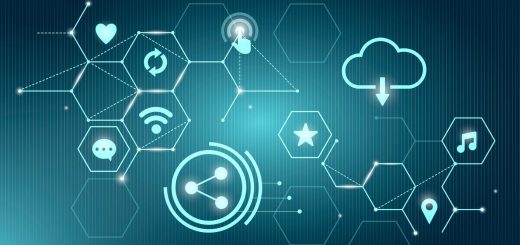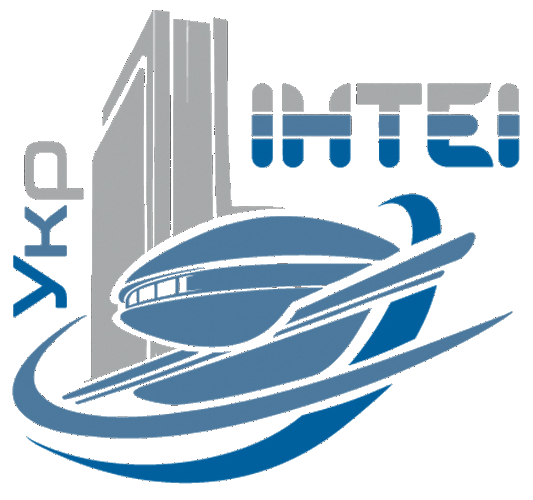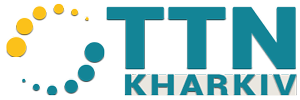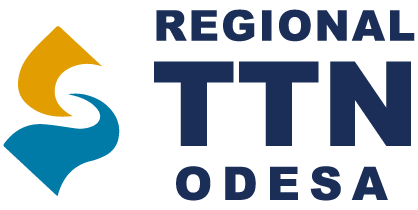12 innovative technologies in education: what Ukrainians can borrow right now

While most Ukrainian teachers dream of computers, printers and new whiteboards in classrooms, the marvels of technological advancement open up untold opportunities for education. Some of them are extremely expensive and can be afforded by wealthy private schools, while integrating others into the learning process requires only the inspiration and passion of the teacher and English skills. We offer a fascinating excursion to the world of innovative technologies from the Bett Exhibition in London by Tatiana Tkachenko, expert of “Osvitoria”, teacher of informatics of the Novopechersk school, head of IT department. So what are the technologies of the future already on the verge and how to use them in education? What skills will be needed? How to increase the well-being of students and teachers? We talk about the main trends and lifehacks.
 At the largest technology exhibition at Bett Education, held annually in London, the priority areas for the coming years were outlined:
At the largest technology exhibition at Bett Education, held annually in London, the priority areas for the coming years were outlined:
- Artificial Intelligence
- Cybersecurity
- Life sciences
- Manufacturing industry
- Energy
In order to prepare for the future as best as possible, current and future generations need to acquire and refine the following skills:
- Critical thinking
- Communication skills
- Emotional intelligence
- Analytical abilities
- Technical skills (STEM)
They will all be needed for a successful career. Here is a list of “professions of the future” provided by Bett exhibition professionals:
- specialist in artificial intelligence
- data protection officer
- robotics engineer
- site reliability engineer
- Data Scientist
- cloud engineer
- cybersecurity specialist
The necessary skills must be taught in schools here and now. By the way, this is how British education professionals see the perfect portrait of a modern student:
- always mobile
- always cooperates with everyone
- growing in social networks
- learns everywhere, anytime
All of these qualities, including those of teachers, must be supported and developed. So, new generation teachers:
- are not data translators. They only guide the learning process. Children learn by themselves;
- have to work actively in a team. The teacher is not “isolated” within his subject, but actively cooperates with teachers of other specialties;
- teach students collaboration in the classroom;
- consider technologies a “superstructure in learning” and actively use them, not just “study”.
Advanced education technologies that can be used here and now
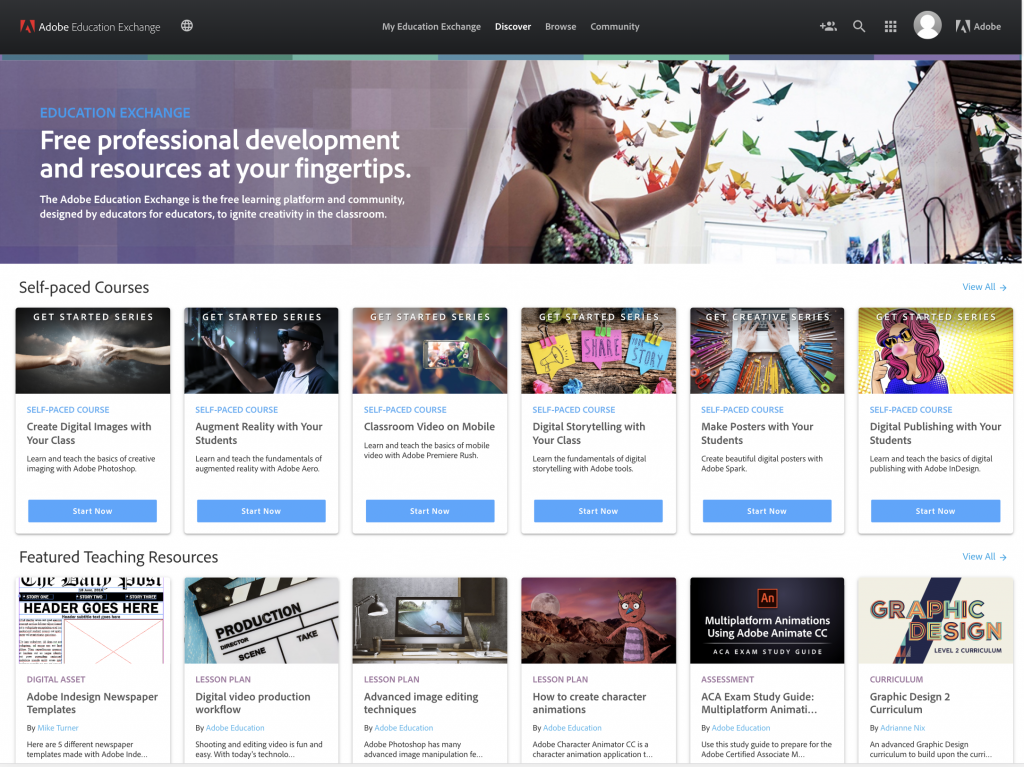
Everyone has heard of a program like Adobe Photoshop, and not everyone knows about its “child” software development. You can use this application to master the same Photoshop as well as to work with Adobe Spark. The last tool is extremely useful for instilling in students the love of reading, writing, creativity through technology.
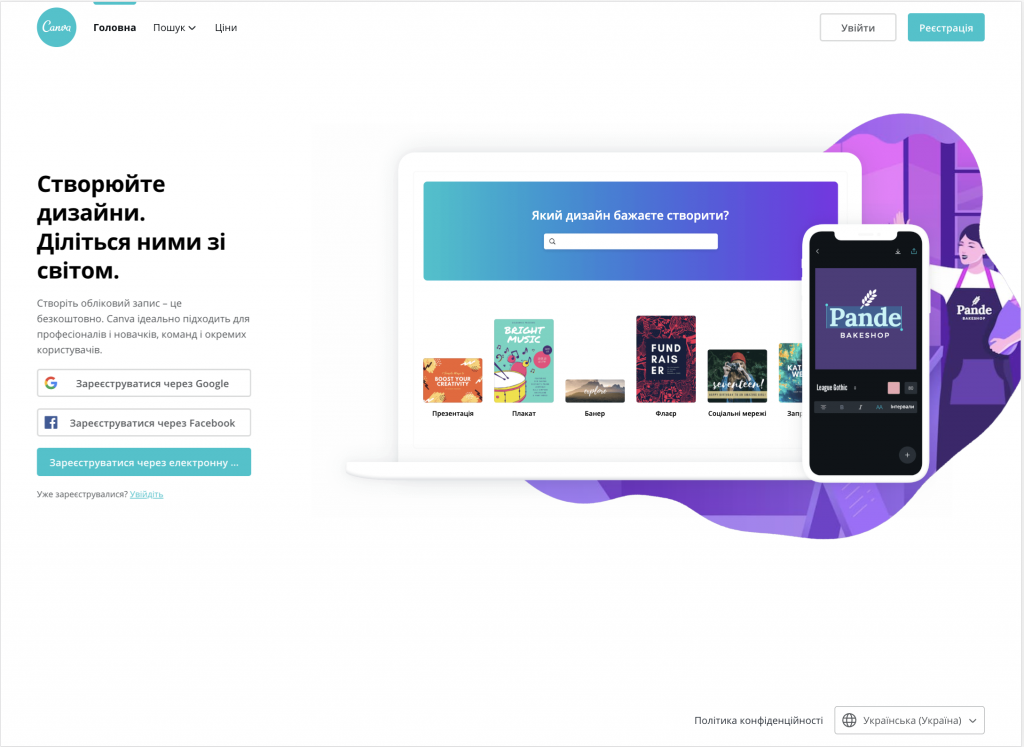
With this application, my teacher-colleagues often make presentations or infographics. But the educational potential of Canva is much more powerful, it is only necessary to go deep. There are many options for creating posters, bright and easy-to-use lesson plans and lesson plans.

This is a resource for creating interactive multimedia stuff. For example, you can create an interactive picture. Take picture pictures, add links and videos. You can also create posters, charts, tables, as well as prepare certificates and certificates, a schedule. Very convenient, original and comfortable application that does not require the teacher special skills.

I want this Israeli development to appear in our school! It is literally a “manual” laboratory with sensors of temperature, humidity and light. Suitable for various laboratory work in physics, biology, chemistry. It can also be used in STEM-projects. For example, to investigate the dependence of plant growth on different conditions of light and humidity. There is special software under this device that collects measurement results in a spreadsheet and builds graphs, including a forecast. The site provides examples of lessons learned with theoretical and practical parts. The great advantage of this technological aptitude is that it is mobile. It can be taken outside, connected to a tablet and done in the fields.
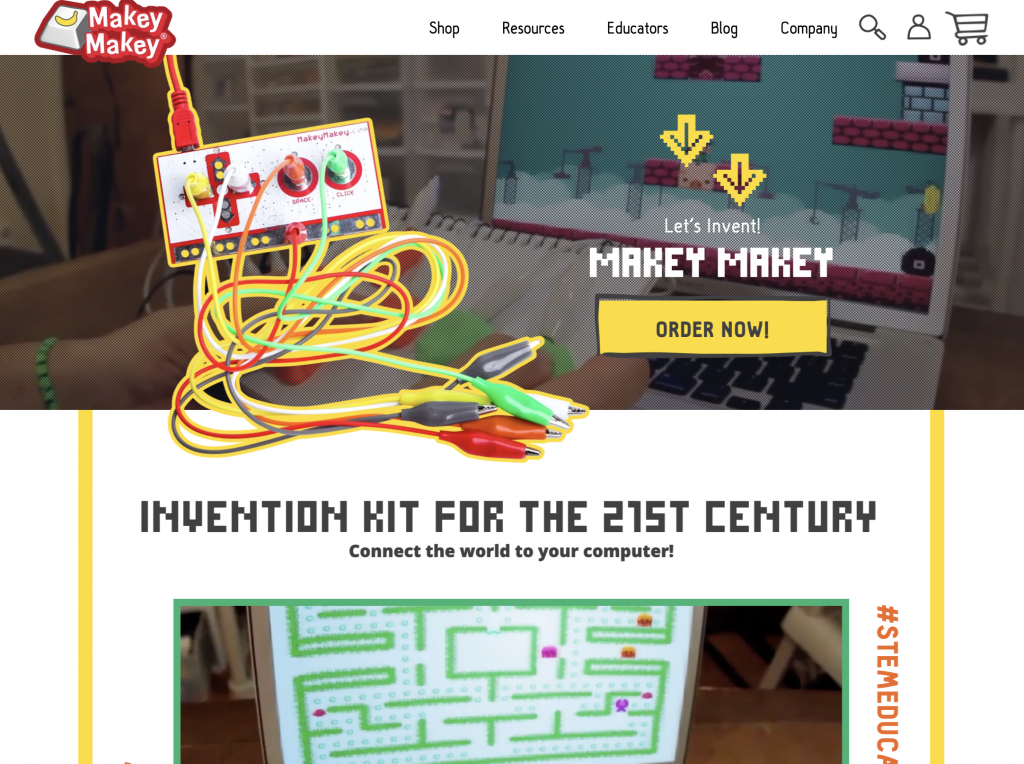
Available (on AliExpress – $ 8) and an original interactive constructor based on the Arduino controller. With these sensor darts, any object can be transformed … into an input device using fruits, painted elements, pieces of polymer clay, water tanks and more. This can help his kids play the banana piano instead of a musical instrument! All you have to do is design the design elements.
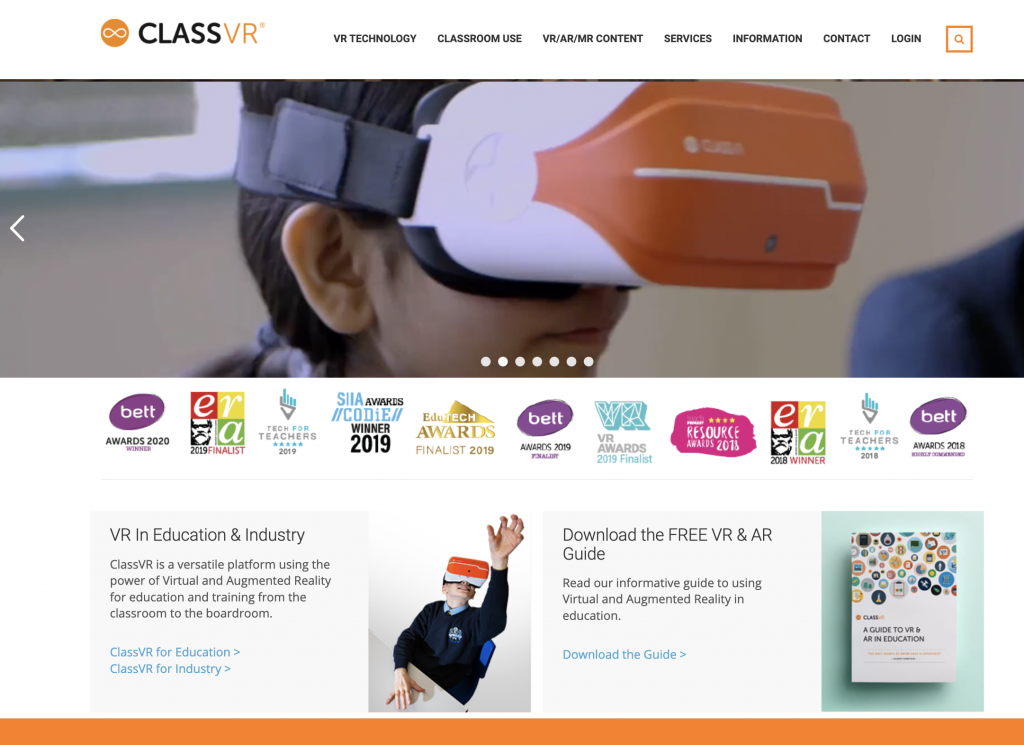
These resources make it possible to find interesting augmented reality approaches for educational purposes – for example, to explore inside a crater of a volcano by wearing VR glasses. Important: this technology has long been widespread and focused mainly on gaming, and there is very little educational content. Manufacturers now offer a large number of educational developments with materials and instructions for various subjects.
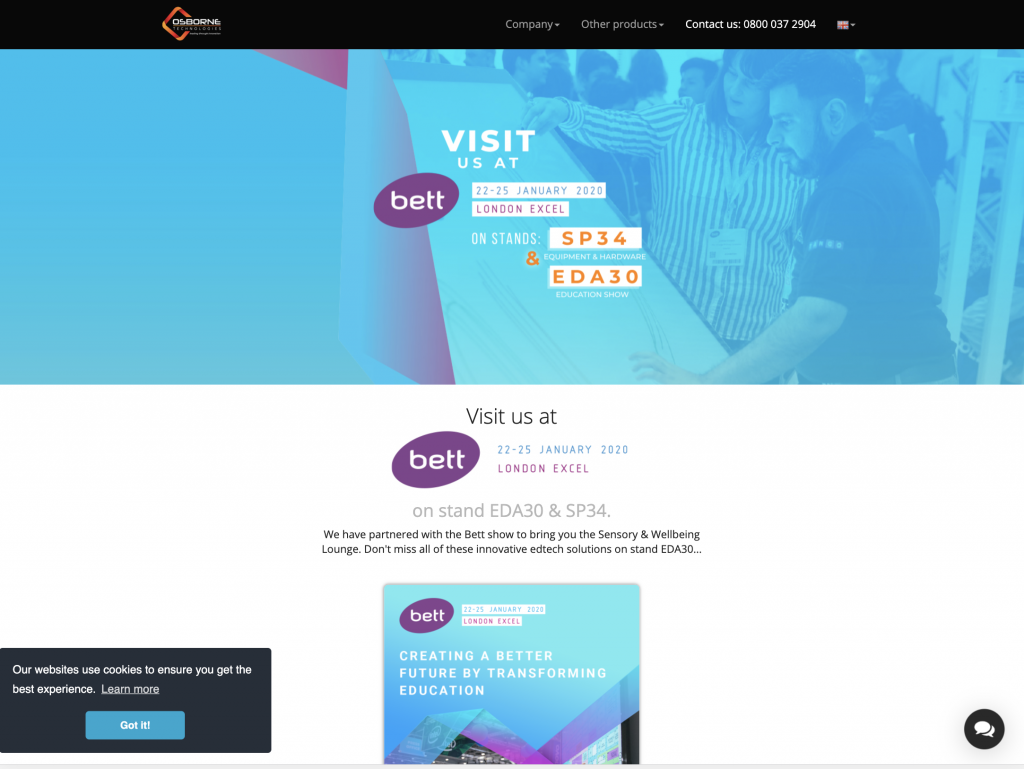
This service introduces you to a wide variety of sensor rooms and capsules. You can be inspired by these examples by arranging a school space in Ukraine. The stimulation of the systems of perception – from the olfactory and tactile to the visual and vestibular has an extremely healing effect on both adults and children.
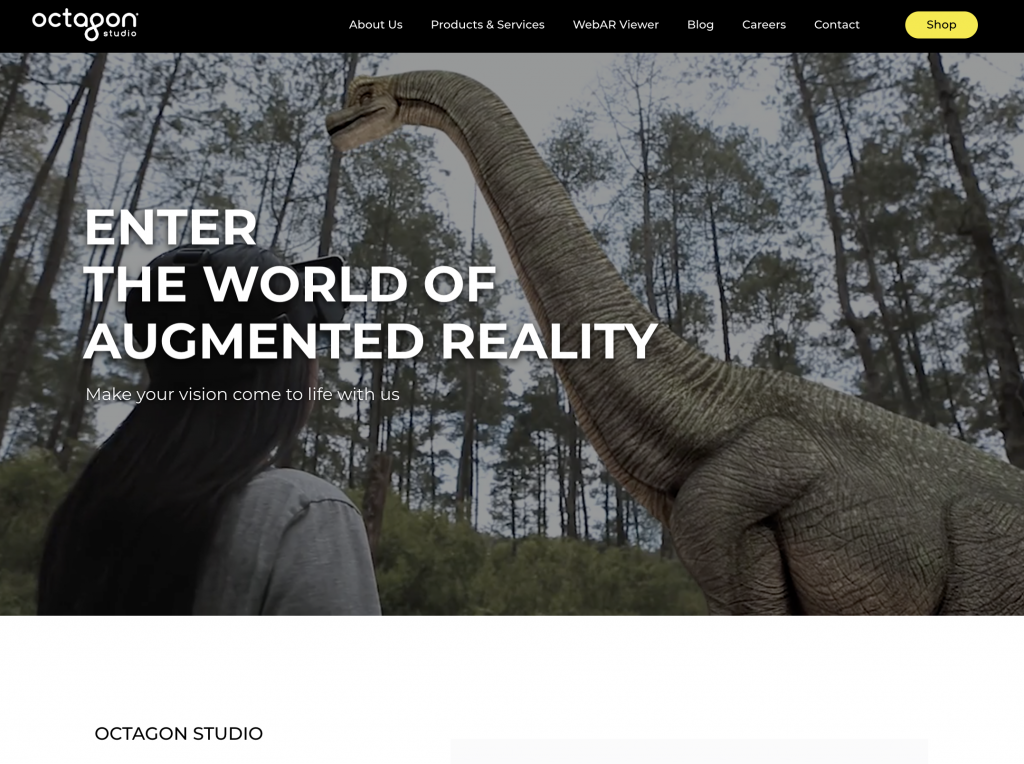
This company is a flagship in the development of augmented reality technologies and techniques. In Ukraine, you can freely purchase 4D study cards and enjoy digital educational know-how with your children. After purchasing the cards, you need to download a free application to your smartphone or tablet and watch the elephant come to life in front of you to get grass. And these cards can be projected to the big screen, in which case the projector will be needed.
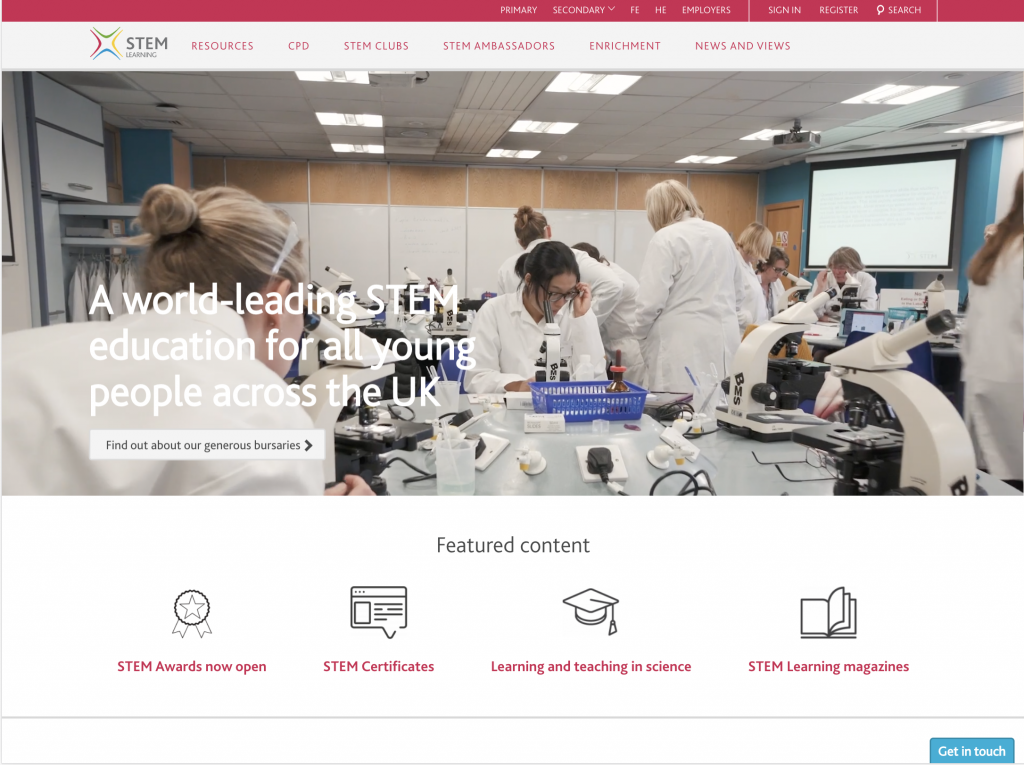
This resource is a real treasure for teachers who are fluent in English and strive to deepen their STEM-skills. From my own experience, Ukrainian teachers often lack training materials. After all, when it comes to implementing STEM-in the learning process, only the textbooks themselves will be ineffective. So, this resource has many tutorials with step-by-step instructions for implementing STEM. And no extra money or special equipment is needed to develop fun projects with your kids.
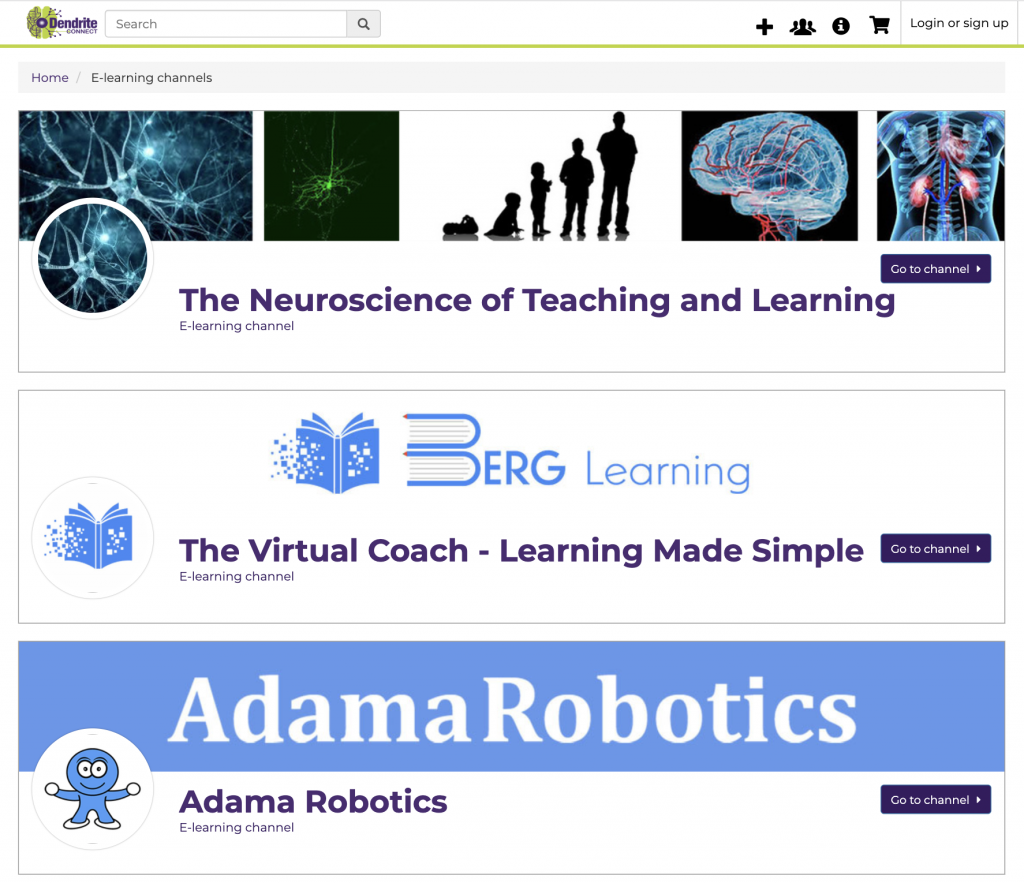
It is a British community where teachers, who are passionate about STEM and engineering, come together and publish ready-made designs to produce a variety of interesting things. The big plus is that the resources for these developments need a little – paper, sticks, boards, glue. Everything else along with ideas and drawings – in front of you, take it and do it! And if you wish, you can take part in an international competition organized by Dendrite with your students.
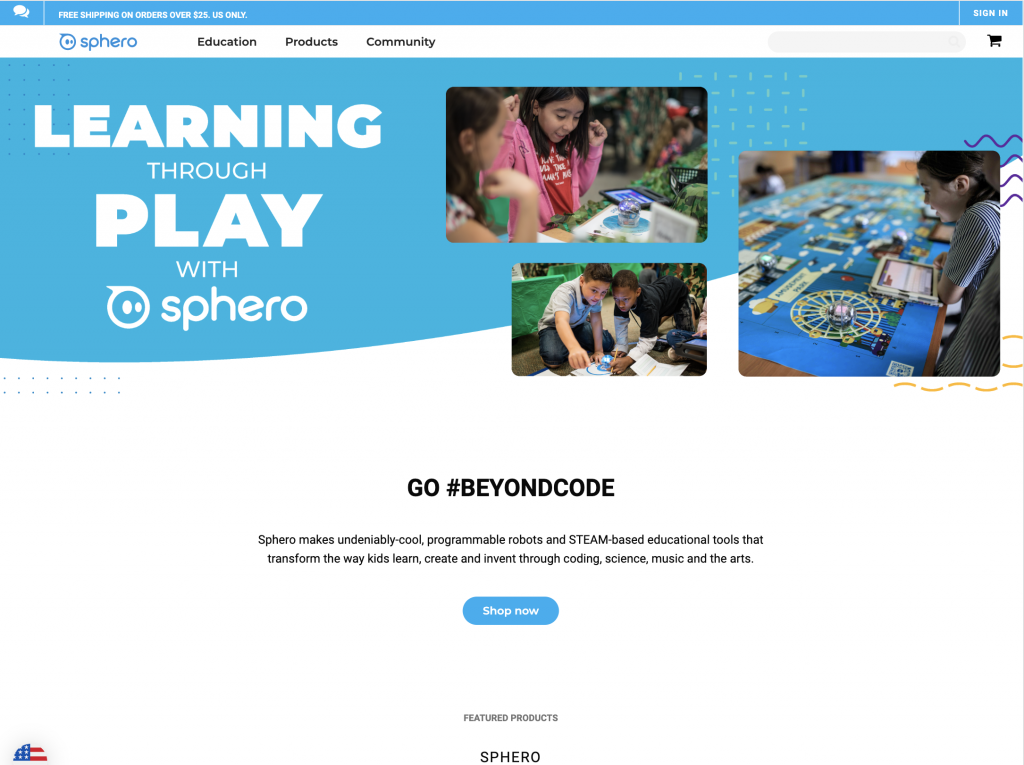
Sphero has teamed up with LittleBits, and they’ve created an incredible training design with lots of details. This is a great opportunity for students to learn the basics of robotics, programming, physics and electronics in game form! The constructor consists of a set of electronic components (from sensors to switches, controllers, and also an Arduino-compatible controller) that are connected in one electrical circuit. It is not necessary to solder or connect wires, because parts of the constructor are magnetized.
The undoubted trend of modern education is the introduction of inclusion and work with students with special educational needs. Following this link will give you access to a great presentation with research on the use of technology to work with children with different types of nosology. Maximum practice and tools!
Source: osvitoria.media





